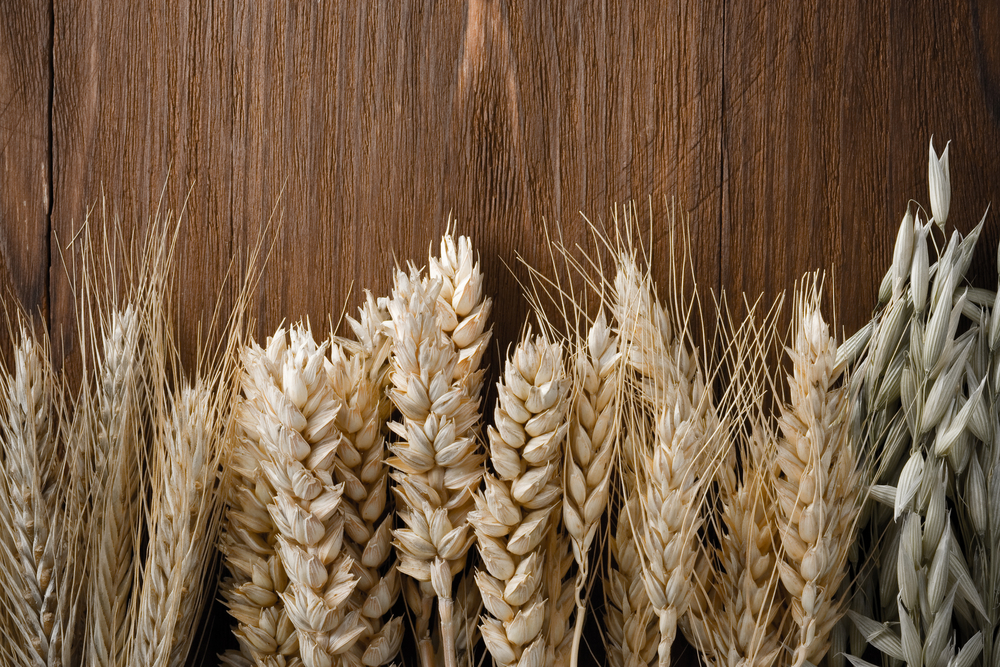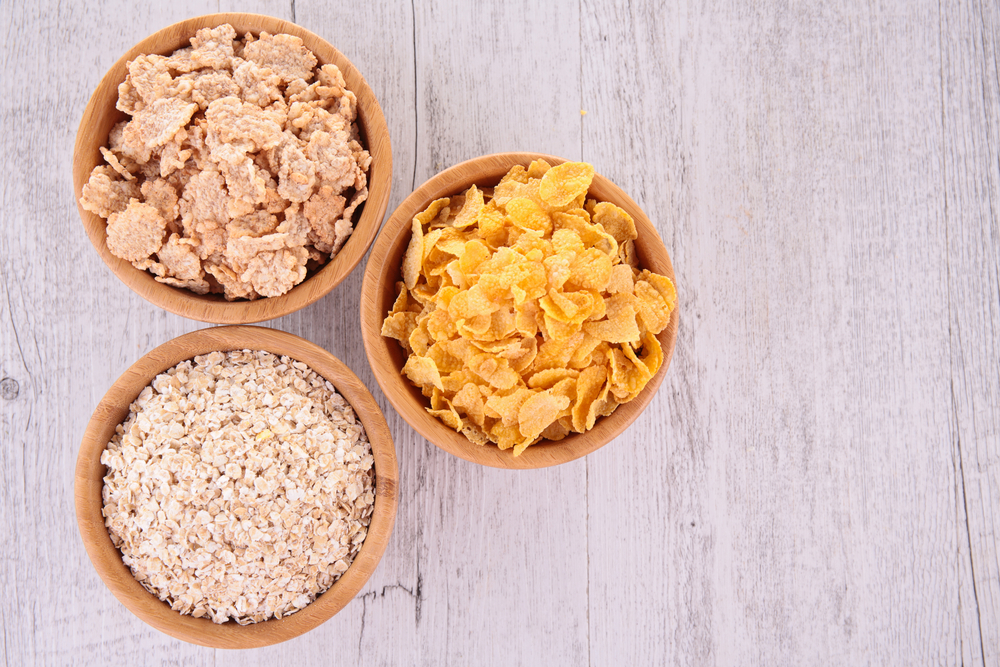Childhood milestones run the gamut. There are those that we want to remember by marking down in baby books (think first smile, first tooth, first step). There are those we’d rather forget, but will likely remember, (I’m thinking “first visit to the ER”, “first temper tantrum in a public place” and the like).
And then there are the milestones you don’t anticipate, but that change the parenting game completely.
“Mommy, I made my own breakfast. You can stay in bed for a bit.”
Game changer, I tell you.
Milk and cereal is the first self-made breakfast of choice for most Canadian children. Kids who can reach a box of cereal, a jug of milk, a bowl and a spoon have earned an immense sense of independence (and bought their parents a few extra hours of sleep).
90% of Canadians have cereal in their cupboards, but are missing out on reaping the benefits of eating cereal regularly.
So why is breakfast cereal getting such a bad rap these days?
A recent poll found that 41% of those polled say sugar content prevents them from buying or eating cereal. What those people don’t know is that sugar in cereal – even in pre-sweetened varieties – accounts for less than 5% of average daily sugar in Canadians’ diets. And because different consumers have different needs, there are cereals with varying amount of sugar. Shredded Wheat has no added sugar, while a serving of Corn Flakes contains just three grams of sugar and Rice Krispies Brown Rice has only one gram of sugar per serving.
There’s a lot of good about cereal. Did you know that cereal eaters are more likely to have healthy body weights? And that people who eat cereal for breakfast are even more likely to hit their daily targets for important vitamins and nutrients? And that some cereals can provide a quarter of the day’s fiber needs in just one serving?
Breakfast Cereals Canada wants Canadians to know the facts and bust the myths about What’s in the Bowl?

Follow What’s in the Bowl? on Facebook to join the conversation on cereal. You can also visit What’s in the Bowl? for in-depth explanations of ingredients and nutrients for eight popular cereal varieties, and learn the answers to some common questions about breakfast cereal.
Considering all the benefits of cereals, including important vitamins and nutrients, convenience and low cost per bowl, there is a lost opportunity to start the day on a healthy note.
So show your kids where you keep the boxes of cereal (40% of Canadians have at least three boxes on the go at any given time), leave a bowl and spoon on the table and encourage them to make their own breakfasts.
It’s good for them… and for you!
Interested in learning more? Check out the upcoming What’s In The Bowl cereal webinar where I chat with Dr. Harvey Anderson PhD, and Lydia Knorr RD about the misperceptions of this pantry staple.
This post was sponsored by What’s In The Bowl.

You
know, you can still get the fibre and all the nutrients you are
promoting in the cereals and still avoid the sugar and processed crap it
contains, from other much more healthier options. Why compromise?
Also, Dr. Yoni Freedhoff’s response to this, I could not have expressed better.http://www.weightymatters.ca/2014/09/food-banks-canada-demonstrates-folly-of.html
following… who is speaking at the webinar, interesting topic.
“What those people don’t know is that sugar in cereal – even in
pre-sweetened varieties – accounts for less than 5% of average daily
sugar…”
That may not sound like a lot of sugar, but it does all add up when you add other meals, snacks and drinks throughout the day. The World Health Organization is considering lowering its recommendations for sugar consumption to 5% of your total calories.
Curious. Those speaking about this on the webinar, who do they get their paychecks from? Or are they all completely independent from the cereal companies that will be discussed and promoted?